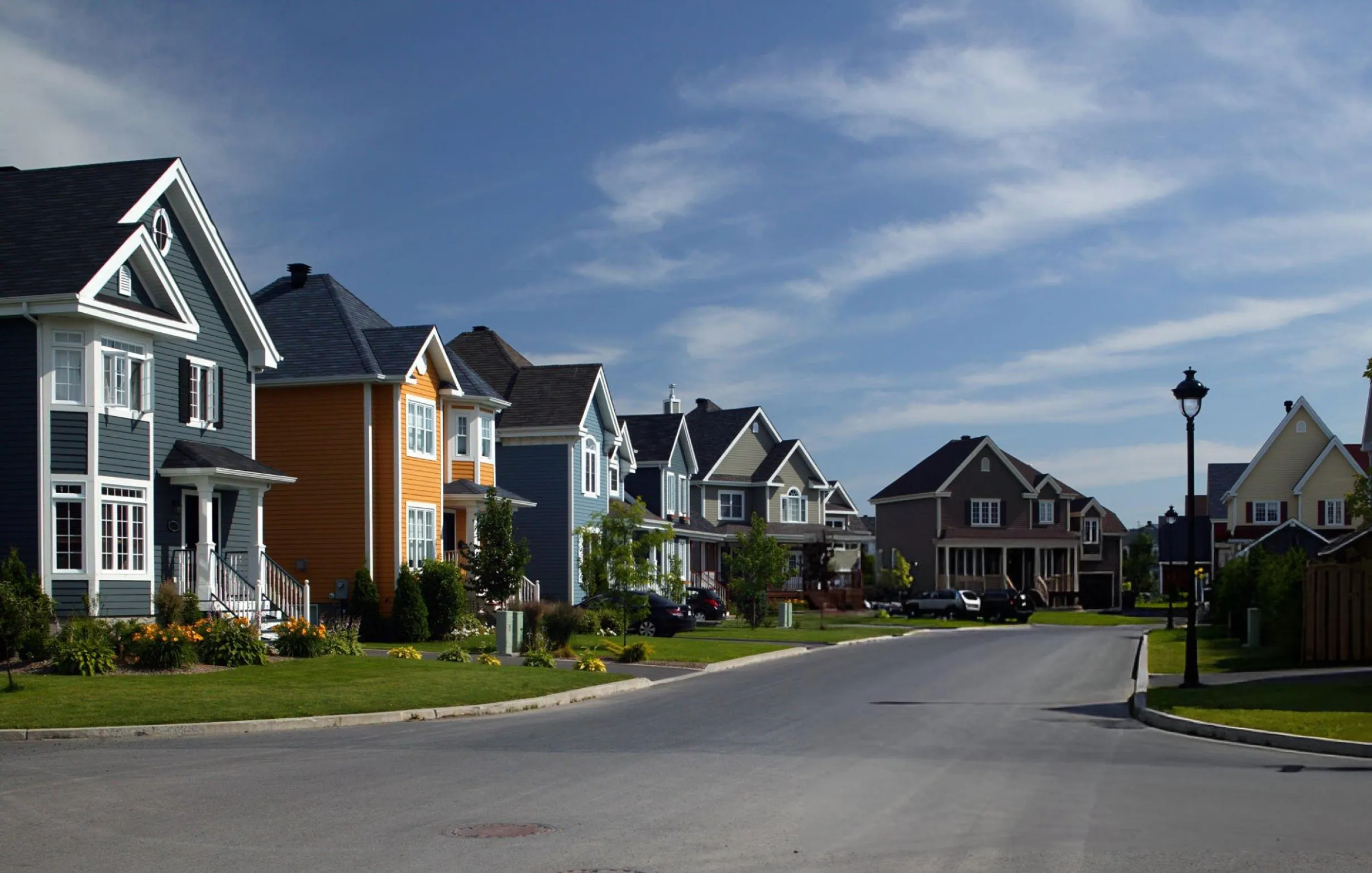Imagine waking up to find your quiet street lined with new shops or taller homes. That could happen in Cuyahoga County as new zoning rules roll out in 2025. These changes might reshape where you live, work, and play—sparking curiosity about what’s coming next.
Zoning laws decide what can be built where. Cuyahoga County is updating these rules to fit modern needs. From more homes to greener spaces, here’s what’s happening and why it matters to you.
What Are Cuyahoga’s New Zoning Rules?
Cuyahoga County isn’t one big rulebook—it’s 59 different communities, each with its own zoning. But the Cuyahoga County Planning Commission is pushing for updates in 2025. They want rules that allow more housing, mixed-use areas, and sustainable designs.
In January 2025, the Commission opened applications for the Community Planning Services Program. Communities can get help updating their zoning codes at a lower cost. The goal? Make room for new homes and businesses while keeping neighborhoods livable.
For example, some suburbs like Euclid are rethinking old rules from 1922. They’re trimming chapters and adjusting lot sizes to fit today’s needs. More changes could hit your town soon.
Why Are These Changes Happening Now?
Cuyahoga County faces a housing crunch. Over 5,300 vacant lots sit empty in suburbs near Cleveland, says a 2022 county report. Old zoning rules make it hard to build on these spots.
After the 2008 recession, many homes were torn down. Now, demand for housing is up, but the rules haven’t kept pace. The Planning Commission wants to fix that with flexible codes.
Plus, people want walkable neighborhoods with shops and parks nearby. Zoning updates could turn single-family zones into mixed-use areas—think homes above stores or new transit hubs.
How Could Your Neighborhood Look Different?
Picture this: that empty lot down the street becomes a small apartment building. Or a new coffee shop opens where only houses stood before. That’s what “upzoning” could bring.
Upzoning lets more be built in one spot—like turning a residential area commercial. A February 2025 article from cuyahogacountyauditors.org says this could raise property values if demand spikes. But it might also mean more traffic or noise.
Some towns might add “overlay districts.” These are special zones with looser rules, like allowing tiny homes or solar panels. South Euclid, for instance, is eyeing this for 170 vacant lots.
What’s the Buzz on X About This?
People on X are talking about these changes. One user, @CLEurbanist, posted on March 15, 2025: “Cuyahoga’s zoning overhaul could spark infill housing. About time!” Another, @EastSideMom, wrote on April 1: “Worried new zoning means more congestion. My street’s busy enough.”
A linked article from a user’s post points to a March 2023 Crain’s Cleveland piece. It notes suburbs are cutting red tape—like lot size rules—to attract builders. The chatter shows curiosity and concern are brewing.
Could Property Values Shift?
Zoning tweaks can move the money needle. If a residential spot turns commercial, values might climb—businesses pay more than homeowners. The cuyahogacountyauditors.org piece says a strong economy boosts this effect.
But it’s not all good news. Industrial zones near homes could drop values due to noise or pollution. It depends on your spot and what’s built next door.
In 1971, 67% of Cuyahoga’s single-family land needed half-acre lots or more. That kept prices high and options low. New rules might flip that script—more homes, more choices.
Are There Risks to Watch For?
Change isn’t always smooth. Some worry about losing neighborhood charm. Big buildings or busy streets could replace quiet yards. X user @SuburbFan99 posted on April 5, 2025: “Don’t want my town turning into a mini-city.”
Infrastructure’s another snag. More homes need better roads and sewers. If cities don’t plan well, problems like flooding or traffic jams could pop up.
Historically, zoning has stirred debate. A 2020 study by the Fair Housing Center found Cuyahoga’s rules once fueled segregation. Today’s updates aim to be fairer—but execution matters.
What’s the Green Angle?
Sustainability is big in 2025’s plans. The Planning Commission wants codes that allow electric vehicle chargers and solar panels. Some towns might map out more parks or greenways.
The Cuyahoga Greenprint tool tracks natural areas. New zoning could tie into this, blending homes with nature. Think bike paths or community gardens popping up near you.
A January 2025 post on countyplanning.us highlights this push. They’re urging towns to prioritize eco-friendly projects in their zoning pitches.
How Are Communities Involved?
Locals get a say. Public meetings let residents weigh in before rules change. In South Euclid, City Council might vote on overlay zones by October 2025, after months of input.
The Planning Commission’s 2025 program offers grants for towns to study their needs. Two master plans will get funding—big visions shaped by people like you.
Back in 1971–77, 21 county towns let voters decide zoning shifts. Most said no to change. Today’s process is less direct but listens to the crowd.
How Can You Get Involved or Learn More?
Want to know more? Check your town’s zoning map online—most are public. The Cuyahoga County Planning Commission’s site (countyplanning.us) lists updates and meetings.
Attend a local hearing. They’re open to all and often posted on city websites. Ask questions—officials like Euclid’s planners are rethinking rules and want feedback.
Follow X for real-time takes. Search “Cuyahoga zoning” for posts like @CLEurbanist’s. You’ll see what neighbors think and spot linked news.
What’s Next for Cuyahoga County?
These rules won’t flip overnight. Applications for 2025 planning help close in February. Then, towns draft and vote on changes—some might wrap up by year’s end.
The Planning Commission predicts more housing starts by 2026 if rules ease up. Suburbs like Berea, with 2012 design standards, show it can work. Others might follow.
Curious about your block? Keep an eye out. A new store, home, or park could be closer than you think.
Why This Matters to You
Zoning isn’t just paperwork—it’s your daily life. It shapes your commute, your home’s worth, even your view. Cuyahoga’s updates could bring convenience or challenges.
Nationwide, cities like Austin and New York are tweaking zoning too. Cuyahoga’s part of a bigger wave—adapting to how we live now. Your neighborhood’s turn might be next.
Stay curious. Small rule shifts can mean big changes. What’s your town planning?






